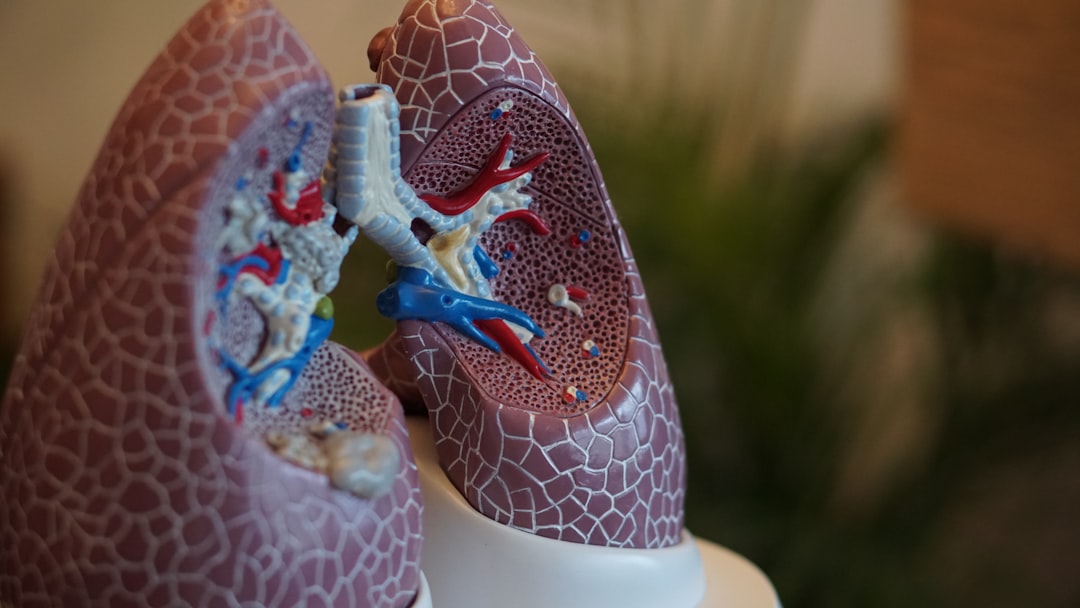The Interconnectedness of Emotions and Body

Photo by Lucrezia Carnelos on Unsplash
You’ve heard of the mind-body connection.
Imagine going through a stressful event. Let’s say you’re held up in traffic, already running fifteen minutes late to the most important interview of your career thus far.
Close your eyes for a moment and physically put yourself in that situation.
Notice any physical sensations that arise.
What do you feel? A knot in the stomach? Tightness in the throat?
When we are stressed, our bodies physically respond. Our blood pressure may rise, as well as our heart rate. Other symptoms have been known to include stomach ulcers, back pain, constipation, shortness of breath, fatigue, headaches...and the list goes on.
For much of the 20th century, medical science viewed emotions and the body as two separate entities while older body-care systems, such as Traditional Chinese Medicine, view them as one and the same. Today, a lot of focus is returning back to the traditional way of thinking: That the body and the mind are inseparably interconnected.
Think about positive emotions too.
Imagine the happiest day of your life. What do you physically feel?
In a fascinating 1995 study, researchers studied the effects of positive and negative emotions on the physical body.
Positive emotions were elicited from participants in two different ways: The first was by asking them to focus on the area around their heart while also considering something or somebody they loved or had compassion for. The other method was by showing participants a video of Mother Theresa caring for homeless people in India.
Negative emotions were elicited by showing participants videos of war scenes and asking them to think about situations that aroused anger or frustration. Both groups were asked to fully experience any emotions that came up.
Positive emotions such as love, compassion, tranquility, and appreciation decreased the heart rate and relaxed the body. Negative emotions elicited higher heart rates, a knot in the stomach, headaches, indigestion, muscle pain, and fatigue.
This study showed how emotions have a direct effect on the physical body (1).
When we experience stress, our fight-or-flight-or-faint response in our nervous system is triggered. This is a natural defense mechanism meant to keep us safe and protect us against threats and harm. It’s a natural and necessary part of ourselves. If we are out hiking in the woods and cross paths with an angry mama bear, this mechanism will kick in, pulling blood from our organs to our extremities so we can run faster, increasing our heart rate, stopping non-essential body functions such as digestion, and allowing us to hyper-focus on the threat at hand.
The only problem here is that if you get any angry text from your boss, the same response mechanism is triggered, releasing the same chemicals into your brain and body, because on a physiological level, your body doesn’t know the difference.
Some stress is essential and keeps us safe and alert. However, when we don’t learn to manage stress, to realize the physical effects our thoughts are having on our bodies, or we hang on to these thoughts of stress for long periods of time day after day, our physical bodies pay the price.
Long-term chronic stress has been associated with exacerbated anxiety, depression, and personality disorders, menstrual problems, and eating disorders. It’s also been associated with cardiovascular disease including heart disease, abnormal heart rhythms, heart attacks, stroke, gastrointestinal problems like GERD, ulcers, and irritable colon. (Remember the study I mentioned before in which participants experienced a “knot in the stomach”?)
These mind-body links work both ways.
It’s not just thoughts that can cause a physical response. Often, physical sensations, physical issues, or sickness can elicit emotional responses in us, as well.
For example, when we get indigestion, we often feel impatient or agitated. Feeling sick or nauseated can elicit feelings of frustration, as well.
There’s been a strong link between chronic pain and mental health, too. People with chronic pain are actually three times more likely to develop depression.
Chronic pain actually changes the chemistry of the brain.
Temporary pain triggers the fight-or-flight response we talked about earlier. Again, this is natural as it keeps us safe. Once that pain has subsided, so do the physiological effects.
When somebody is in chronic pain, that response doesn’t subside like it’s supposed to.
The increased blood flow to the muscles, the increased heart rate, the hyperfocus, all stick around, affecting brain function, altering the chemistry of the brain, and ultimately affecting long-term behavior. As the fight-or-flight response is in constant overdrive, people with chronic pain may also be hypervigilant towards other “threat” cues, even if those cues aren’t actually as life-threatening as they are being perceived.
Taking Control of this Cycle.
For those that experience chronic stress or chronic pain, there are ways out.
Develop a Mindfulness practice. Mindfulness training such as mindful meditation has been proven to help with chronic stress.
There are two parts to mindfulness practice: Attention and acceptance. In mindful meditation, one directs their attention to physical sensations in the body, the thoughts that come and go in their head, and they learn to accept these sensations without judgment.
In a review of over 200 studies, researchers found that mindful meditation is effective in helping with stress, anxiety, depression, eating disorders, addiction, as well as improving physical health and reducing physical pain.
Mind-Body Exercise. It can be argued that most exercises can definitely have a mind-body aspect. Certain exercises particularly, such as yoga and pilates, emphasize the mind-body connection a lot more than others, as one keeps their mind focused on the movements and the poses while becoming aware of sensations that arise during the exercise. Through the exercises, you become very aware of your strength, flexibility, limitations, and range of motion.
Walking Meditation. Walking meditation can be a great compliment to seated meditation practice. For people that struggle with lethargy, walking can be invigorating. The same benefits of mindful meditation practice can be applied to walking meditation. When one is experiencing strong emotions or high levels of stress, they may find walking meditation to be more relaxing than sitting meditation.
Sources
(1) Rein, G., Atkinson, M., & McCarthy, R. (1995). The Physiological and Psychological Effects of Compassion and Anger. Journal of Advancement in Medicine 8(2), 87-105.












If you enjoyed this article or recipe, please consider giving it a comment! It helps others discover my blog and recipes, and your comments always make my day :) Thank you for your support!
Your email address will not be published. Required fields are marked *